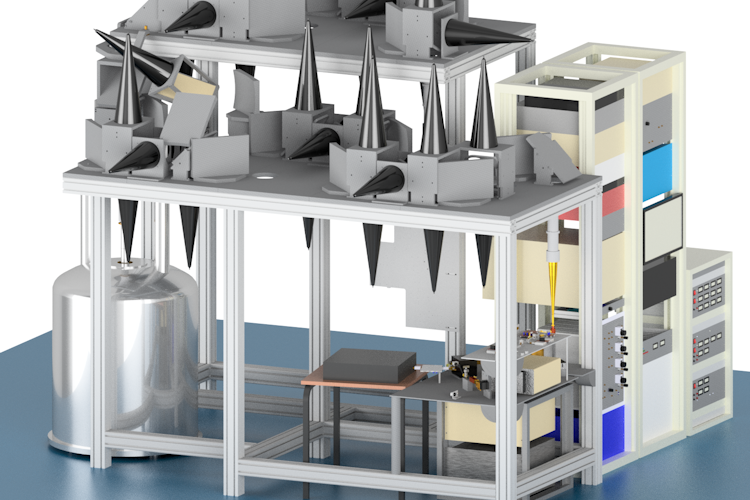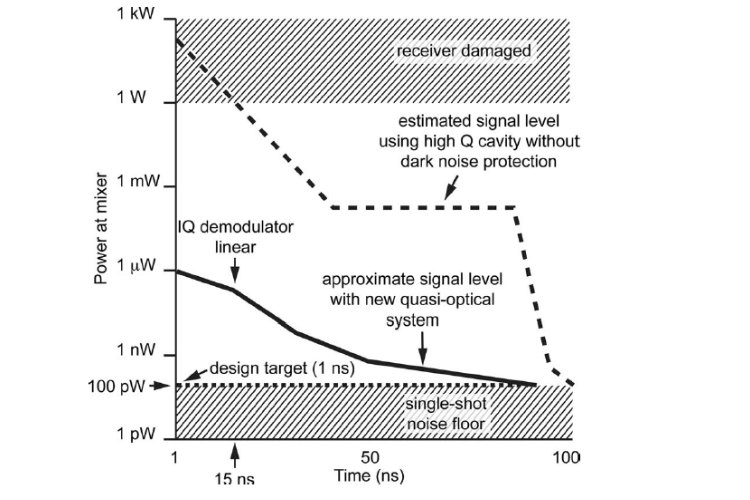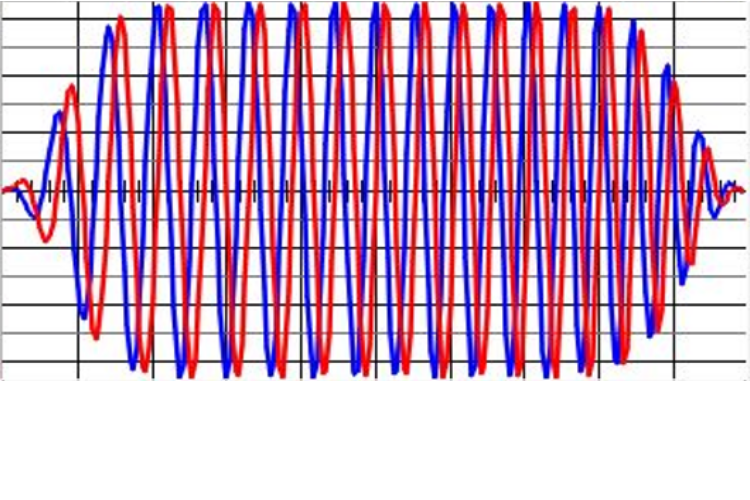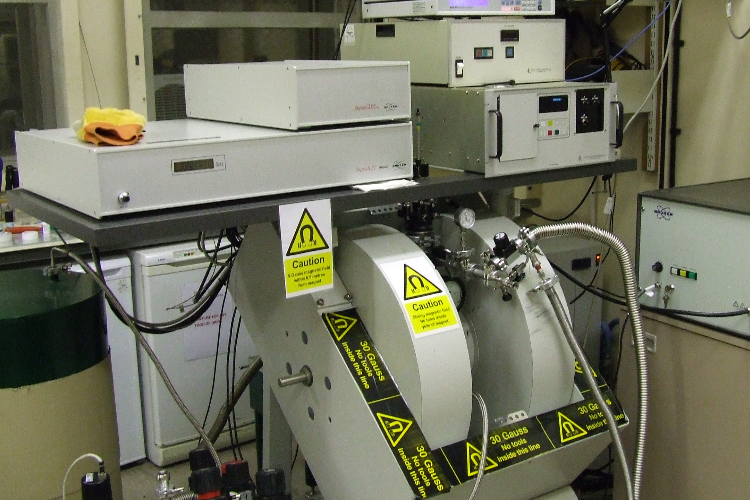Magnetic Resonance
Electron Magnetic Resonance (known as EMR or EPR or ESR) involves the study of paramagnets – species with unpaired electron spins. These include transition ion complexes and free radicals, often important in catalysis and molecular biology. They include many types of defects in crystals and semiconductors, often important in materials and electronic or optical devices. There are also many biological, chemical and physical processes that involve rapid electron transfer from one system to the next creating transient paramagnets, exemplified by photosynthesis. Even when a system is not paramagnetic, it is possible to add paramagnets, often in a site-specific way to gain structural and dynamic information. Site directed spin labelling has now become a standard technique in biomolecular structural studies. Pulsed electron magnetic resonance involves exciting a paramagnetic sample in a large magnetic field with resonant coherent rf or microwave or mm-wave shaped pulses, often at cryogenic temperatures. In a typical experiment the sample will respond by emitting a pulse of radiation some time later (a spin echo). By careful design of experiments, the modulation or shape or decay of that spin echo can then be used to determine local magnetic (usually hyperfine or dipolar) interactions which can be related to local structure and/or the dynamics of the system.
St Andrews and Dundee Universities have one of the largest local EPR groupings/collaborations in the UK – the StAnD collaboration – involving physicists, electronic engineers, chemists and biologists, which collaborates widely with other groups. This grouping shares equipment and resources, works on a wide variety pf projects, holds regular local seminars and has one of the best equipped EPR labs in the UK. In the Millimetre Wave & EPR Group we run a work-horse high power (150 W) modern commercial Bruker pulsed X/Q-band system (10 GHz and 35 GHz) equipped with a variety of probes, an arbitrary waveform generator (AWG) and a cryocooler, allowing operation from 2K to room temperature. We have also developed the HiPER system – a high power, wideband, pulsed W-band (94 GHz) spectrometer. This was recently upgraded with a fast AWG and features state-of-the-art concentration sensitivity and time resolution whilst offering considerable flexibility in setting up experiments.





